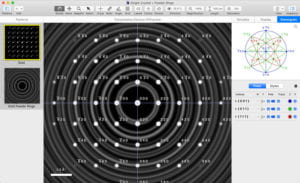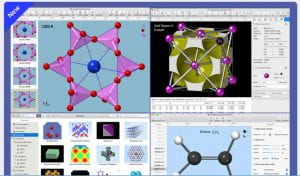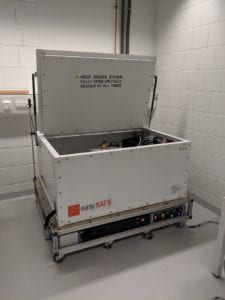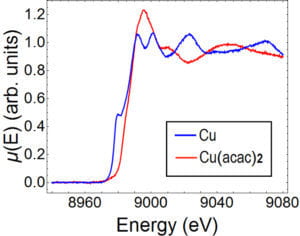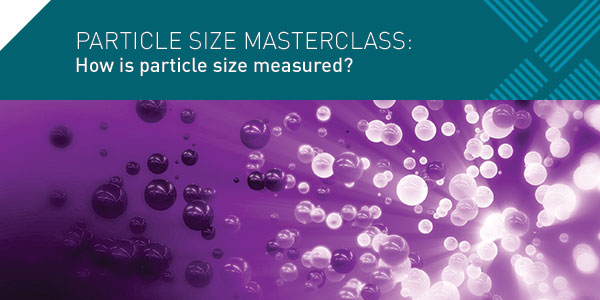The MCF Staff look forward to welcoming our users back to campus and hope you are all safe and well.
From the office of the EVPR:
Research Ramp-Up Details |
|
|
As part of a careful, gradual return to campus operations, research ramp-up activities are anticipated to begin as early as June 18. Only researchers and staff who must return to campus in order to carry out their job duties should return to work on campus. Supervisors will provide specific direction to their teams on when to return to in-person work. Anyone with questions about when or how they should start reporting to work in-person should, first, ask their supervisor. Required: “Returning Safely to Your Lab” Video If you have been identified by your supervisor to return to your lab, or if you have been working in one of the labs that has remained open, you will be required to watch the “Returning Safely to Your Lab” videos. The six-part module will include what you can expect, recommended safety precautions, cleaning and disinfection best practices, and proper use and disposal of PPE, among other helpful tips for best ensuring your safety and the safety of others. Video Instructions:
|
|

